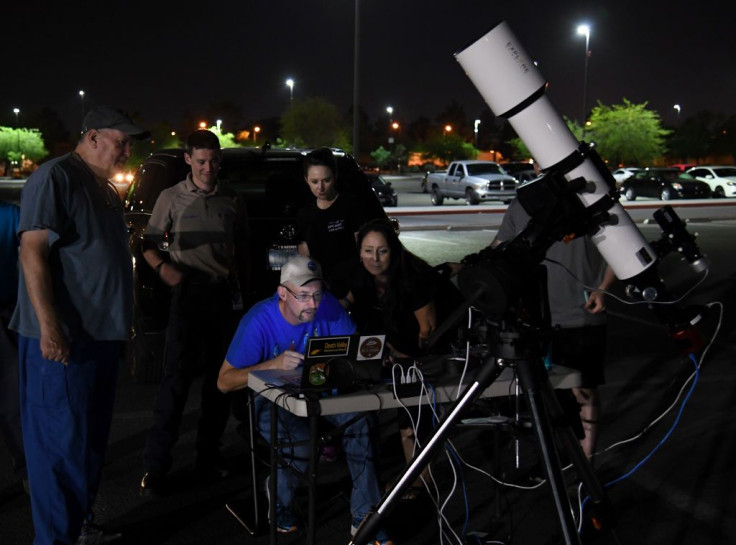'Oumuamua Update: Interstellar Visitor May Not Be An Alien Ship After All

The mysterious interstellar visitor 'Oumuamua may not be an alien spacecraft after all.
Scientists have recently come up with possible theories on why the space object is not an alien spaceship as what others claimed since its discovery in October 2017. 'Oumuamua is a unique, cigar-shaped space object that’s believed to have come from another solar system. It is estimated to measure 400 meters long and NASA once described it as “unusual.”
Because of its shape, scientists and space enthusiasts have debated on whether it’s an asteroid, a comet or an actual alien spacecraft. The most intriguing part about 'Oumuamua was how the object actually “sped up” after going around the sun and moved away from our solar system.
Because of this, some scientists including Harvard University astronomers Shmuel Bialy and Avi Loeb suggested that we should be open to the possibility that the acceleration of 'Oumuamua could be confirmation that it’s an extraterrestrial spaceship.
But now some astronomers have refuted this belief.
"'Oumuamua probably isn't that special. In fact, there are likely trillions upon trillions of objects just like 'Oumuamua drifting through the Milky Way galaxy,” Greg Laughlin, an astronomer at Yale University, said during the 233rd meeting of the American Astronomical Society.
Many believe that there’s more than one interstellar object drifting across the Milky Way Galaxy and that we haven’t discovered them yet because scientists are not looking hard enough.
“Jumping to the conclusion that it has to be produced by extraterrestrial intelligence, I think we don’t have evidence for it yet,” Amaya Moro-Martín, an astronomer at Space Telescope Science Institute in Baltimore, said in a report.
In a paper posted on The Astrophysical Journal Letters, the astronomer also shared some possible explanations for the 'Oumuamua’s unusual shape and movement. Moro-Martín suggested that the space object could be a “still-forming planet” that broke away from its solar system before it could fully form.
Because of this, 'Oumuamua is theorized to be a “fluffy ice fractal,” a form similar to how computer simulations portray how planets are formed. This could mean that the space object’s surface could be propelled by particles of light.
According to Zdenek Sekanina, a planetary scientist in NASA’s Jet Propulsion Laboratory, the theorized fluffy structure could explain the space object’s acceleration.
“'Oumuamua was born with it. Instead, the object is a desiccated comet that lost most of its water and gases when it swooped close to the sun. It’s like a skeleton of the original body, with all the ice out,” he said in a paper posted on arXiv.org.
© Copyright IBTimes 2025. All rights reserved.





















